In the coming year, we’ll see three space missions arrive at Mars, the launch of SLS and the James Webb Space Telescope, and much more.
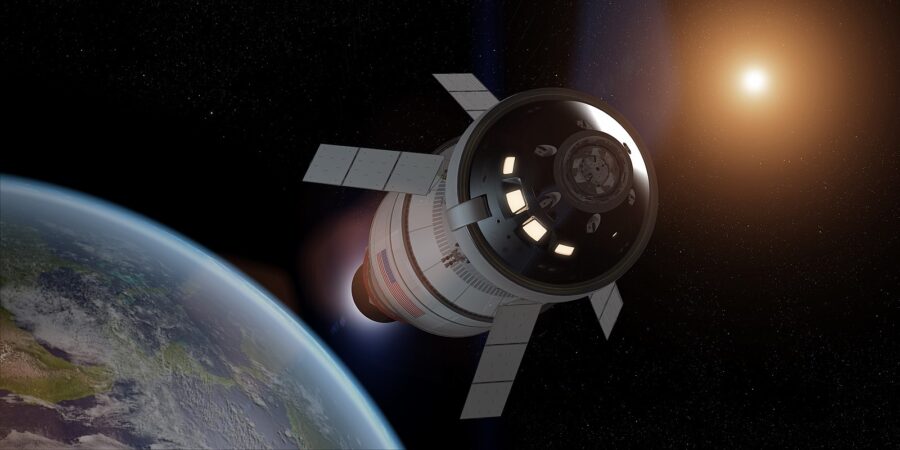
NASA
2020 was another groundbreaking year in space flight. In the past year, three missions launched toward the Red Planet, NASA sampled an asteroid with Osiris-REX, and China and Japan both completed successful sample returns. 2020 also saw the return of crewed space launches from U.S. soil with the launch of SpaceX’s Crew Dragon.
2021 promises to be another amazing year in spaceflight to low-Earth orbit and beyond. (Note that all launch dates mentioned in this article are subject to change.)
Low-Earth Orbit
Several private companies are taking to space in a big way in 2021.
SpaceX will send three Crew Dragon missions to the International Space Station (ISS) in 2021, including the first fully private mission for Axiom Space aboard Resilience in October.
SpaceX and OneWeb, which is back in business after declaring Chapter 11 bankruptcy earlier this year, will also continue to add satellites to their megaconstellations in 2021. These thousands of low-Earth orbiters will ultimately provide broadband internet service, but they have the unintended consequence of interfering with astronomy. Both companies are planning for a launch cadence of one batch of satellites every month in 2021. As of late 2020, SpaceX was already providing beta testing to select customers for its Starlink service.
Orbital launches for the mid-U.S. Eastern Seaboard are about to get a lot more common, as start-up Rocket Lab will begin launching its Electron rocket with smallsat rideshare payloads from NASA’s Wallops Island complex in Virginia starting in February 2021.
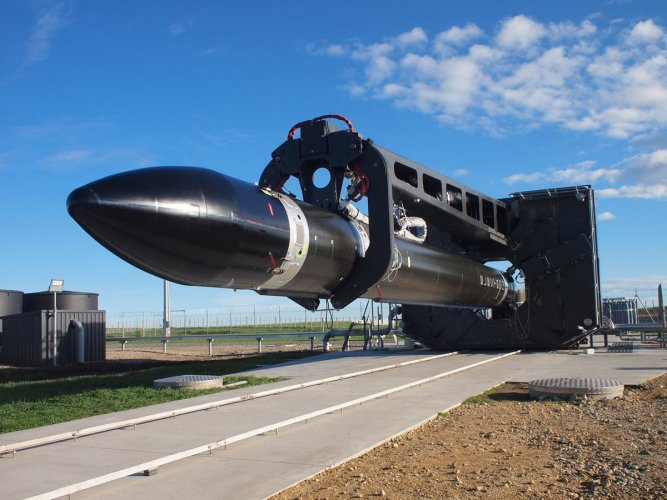
Rocket Lab
Watch for Boeing’s Starliner — which competes with SpaceX's crew Dragon for NASA funding — to return to flight. Starliner launched in December 2019 but failed to reach the ISS. A second, uncrewed test flight was scheduled for later in 2020 but has now moved to March 29, 2021.
The aerospace company Blue Origin may join the orbital club in 2021, with the inaugural flight of its two-stage New Glenn rocket from Cape Canaveral Space Force Station in July.
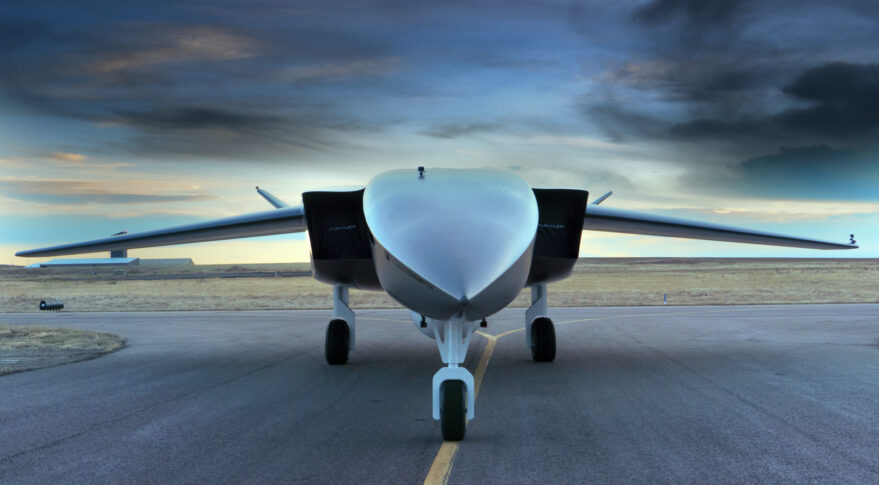
Aevum
Space logistics company Aevum announced in late 2020 that they will soon begin air-launching small orbital payloads from their RAVN-X drone platform, flying out of Cecil Spaceport in Jacksonville, Florida.
China’s big push in 2021 is to launch Tianhe 1, the first core module for their next crewed space station. That launch is currently slated for March; crew and cargo flights will follow starting later in the year.
The Indian Space Research Organization might conduct its first uncrewed flight of Gaganyaan (Sanskrit for "sky-craft") in December 2021, in preparation for India's first crewed launches in 2022.
Moon Missions
2021 could also be a busy year in terms of lunar spaceflight.
First up, NASA’s Cis-lunar Autonomous Positioning System Technology Experiment (CAPSTONE) will launch from NASA Wallops with Rocket Lab in April 2021. CAPSTONE will enter a highly elliptical polar orbit around the Moon, a forerunner to the crewed lunar Gateway station.
In November, NASA’s Space Launch System (SLS) rocket will make its first flight with the uncrewed Artemis 1 launch. Artemis 1 will make a lunar flyby and return, testing key technologies ahead of the first crewed SLS launch in 2023. The ring-shaped MPCV stage adapter aboard Artemis 1 will also deploy 13 smallsat lunar payloads, including the Lunar Flashlight and the Lunar Polar Hydrogen Mapper.
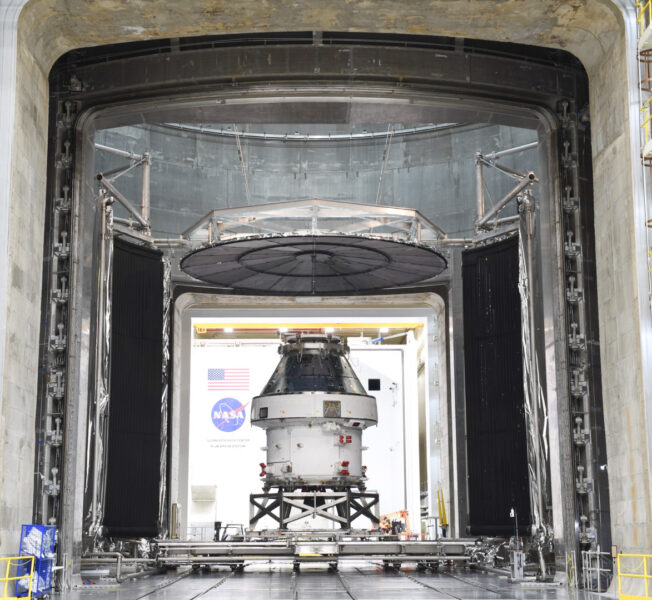
NASA
Two commercial missions will also head to the Moon as part of NASA’s Commercial Lunar Payload Services (CLPS) program:
First up is Astrobotics’ Peregrine Mission One lander, which will head to the Moon aboard United Launch Alliance’s debut of its Vulcan Heavy rocket in July 2021. Peregrine will land near a pit in the Lacus Mortis plain. It will then release three rovers, including U.K.-based start-up Spacebit’s Asagumo, a four-legged rover which will scout out a suspected lava tube.
Then in October, SpaceX's Falcon 9 rocket will carry Intuitive Machines’ Lunar Mission One and Nova-C lander to the surface of the Moon. Nova-C will carry a suite of scientific experiments to Oceanus Procellarum.
Russia also plans to launch the Luna 25/Luna-Glob lander on October 1, 2021. This mission features an orbiter and lander, which will head to the Boguslavsky Crater near the lunar south pole. This is the first mission to the Moon for Russia since the Soviet Union’s Luna 24 mission in 1976.
India may also make another lunar landing attempt in late 2021 with Chandrayaan 3. Though its Chandrayaan 2 orbiter is still in operation, the Vikram lander and Pragyan rover crashed on the Moon in September 2019.
Welcome to Mars
An exciting year of Mars exploration is coming up in early 2021, as a result of three launches in the summer of 2020.
First, the United Arab Emirates’ Mars Hope mission will enter orbit around the Red Planet on February 9th. The Hope orbiter marks a first for the UAE and will join an armada of spacecraft in operation around Mars, including NASA’s Mars Odyssey, Mars Reconnaissance Orbiter, and MAVEN missions, as well as India’s Mars Orbiter Mission, and the European Space Agency’s Mars Express and Trace Gas Orbiter.
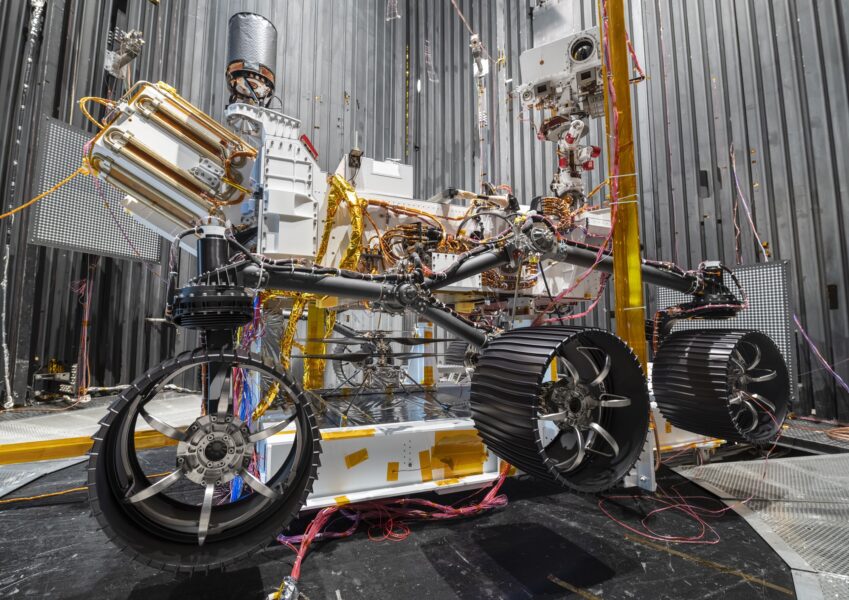
NASA / JPL / J.Krohn
In February 18th, NASA will attempt a second sky crane-style landing with the Perseverance Rover over Jezero Crater. Unlike the first sky crane-landed rover Curiosity in 2012, Perseverance is specifically designed to search for evidence of life, and will collect and stow samples for a future sample-return mission.
China’s first Mars mission Tianwen 1 will also enter Mars orbit in February. An all-in-one package, Tianwen 1 features an orbiter, lander, and rover. The lander and rover are targeted for a landing in Utopia Planitia on April 23rd.
Astrophysics and Beyond
Of course, the big ticket launch in 2021 is NASA's James Webb Space Telescope, set for October 31, 2021. But first, there are several other missions worth keeping an eye on.
The Laser Relativity Satellite (LARES-2) launches on an ESA Vega-C rocket for the Italian Space Agency in June 2021. A follow-up to the first LARES mission in 2012, LARES-2 will further refine the measurement of the relativistic effect known as frame-dragging.
NASA’s Double-Asteroid Redirection Test (DART) will launch from Vandenberg Air Force Base on July 21, 2021. DART will head to and impact asteroid 65803 Didymos in October 2022. DART also carries an asteroid-imaging smallsat (Light Italian Cubesat for the Imaging of Asteroids, or LICIACube) for the Italian Space Agency.
Looking toward the inner solar system, the European Space Agency's BepiColombo mission will perform its second and closest flyby (343 miles/552 kilometers) past Venus on August 11, 2021, before it makes its first Mercury flyby on October 2, 2021. BepiColombo will flyby the innermost planet six times before inserting into Mercury orbit in 2025.
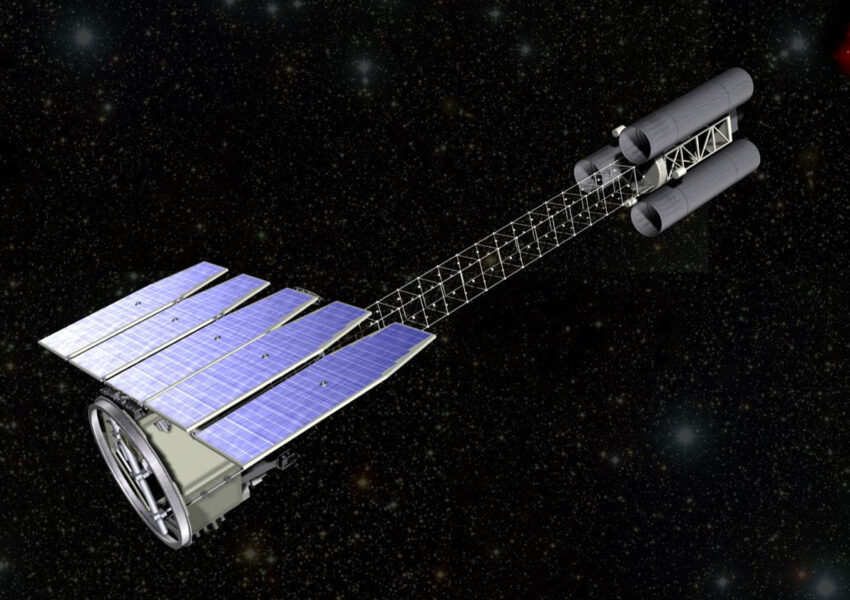
NASA / GSFC
In mid-September, SpaceX will launch NASA's Imaging X-ray Polarimetry Explorer (IXPE) . The mission will feature three identical X-ray telescopes that will work in tandem to study the polarization of cosmic X-ray sources.
Then NASA’s Lucy mission will head out to explore the Trojan asteroids of Jupiter. The mission is set to launch from Cape Canaveral sometime in the October 16–November 5 window. Lucy will visit seven asteroids, starting with main-belt asteroid 52246 Donaldjohanson in 2025.
Finally, barring any further delays, the James Webb Space Telescope will launch on October 31, 2021. JWST’s launch date has been a moving target for the past decade as it has weathered multiple technical issues. But now its launch atop an Ariane 5 rocket from the Kourou Space Center in French Guiana may actually come to pass. The mission has good reason to be cautious: JWST will head towards the Sun-Earth L2 Lagrange point to begin operations, and unlike Hubble in low-Earth orbit, cannot be reached for repairs or servicing. However, recent tests have unfolded (literally) without a hitch.
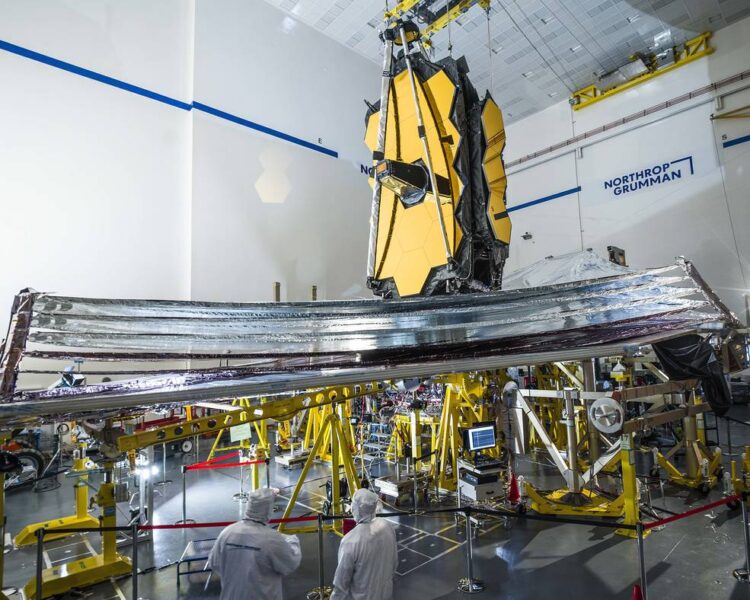
NASA / Chris Gunn
And there’s more to come. In 2022, we can expect to see the launch of ESA’s Jupiter Icy Moons Explorer (JUICE) and delayed ExoMars rover Rosalind Franklin. There are lots of exciting space missions to watch for in 2021 and beyond.
 5
5









Comments
Anthony Barreiro
January 1, 2021 at 5:58 pm
Thanks very much for this comprehensive preview.
Regarding the mega-constellations of broadband internet satellites being launched into low-Earth orbit -- do we really need two (or more?) redundant, competing fleets of tens of thousands of these satellites? SpaceX has at least been talking to the astronomy community and making some effort to mitigate the profound (and in some case disastrous) effects their satellites will have on everything from casual skywatching to research surveys. Has OneWeb been involved in these discussions? How will their satellites' impacts compare to SpaceX's? Is OneWeb making mitigation efforts?
Hallowe'en seems like an apt launch date for JWST. Trick or treat?
You must be logged in to post a comment.
Tom Hoffelder
January 4, 2021 at 1:47 pm
We ain't seen nothin' yet! Money talks, science walks...
"OneWeb launched its first batch of 19 satellites since surviving bankruptcy (its third launch in 2020) Thursday night using a Russian Soyuz booster. The company eventually wants to deploy 48,000 satellites, which is 6,000 more than the maximum number (for now) of satellites SpaceX has planned for Starlink."
"In Europe, a government-led satellite internet project is taking shape. Per Business Insider, the European Union is planning a $7.3 billion satellite system very similar to Starlink. A study for a constellation-based internet service was signed off by European Union officials, sources told French newspaper Les Echos Wednesday."
"The Amazon subsidiary [Kuiper] plans to eventually launch 3,200 satellites to form the constellation. The company received the FCC’s authorization for deployment in July."
Etc etc etc...
You must be logged in to post a comment.
Anthony Barreiro
January 5, 2021 at 4:03 pm
Thanks Tom. What's the source of this report? This is very troubling news.
You must be logged in to post a comment.
Andrew James
January 1, 2021 at 7:39 pm
'Finally, barring any further delays, the James Webb Space Telescope will launch on October 31, 2021."
This target date is based on the press release on 17 July 2020. Also, the science from this starts after April 2022. Oddly the official NASA JWST website was last updated on 26 Sept. 2018. Are they hedging their bets?
I predict it will be launched in mid-2022 mostly because Covid-19 and the difficulties manning and coordinating the international implementation teams over the initial 4-6 months.
You must be logged in to post a comment.
Carl Biagetti
January 11, 2021 at 5:55 pm
The JWST commissioning period is 6 months long, hence the April 2022 nominal start date for science. There may be some small amount of science before April.
You must be logged in to post a comment.
You must be logged in to post a comment.